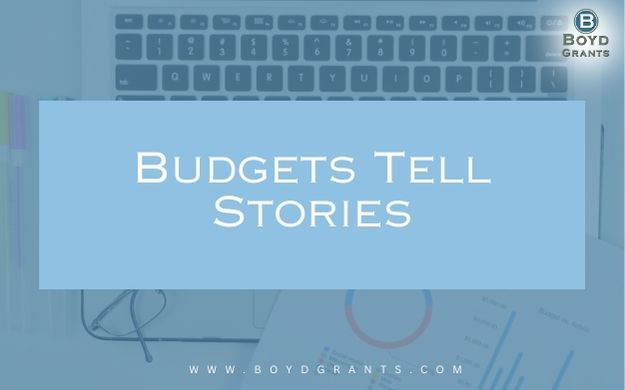Budgets Tell Stories
Your budget isn’t just a list of numbers—it’s a powerful narrative that tells the story of your program, its goals, and your commitment to achieving them. Just like a well-crafted story, a budget should reflect the heart of your mission, guiding your audience through the values and priorities that drive your work.
When you create a budget, think of it as the narrative framework that ties together all the components of your program. Each line item represents a chapter, a scene, or an essential character in your story. The resources you allocate—whether for staff, supplies, outreach, or technology—speak volumes about what you deem important. A well-thought-out budget should directly align with the goals you’ve outlined in your narrative, reinforcing your message and enhancing your credibility.
Take, for example, a program focused on youth engagement. If you prioritize youth involvement in your program’s goals but fail to allocate funds for outreach efforts or dedicated staff for youth initiatives, you’re sending mixed signals. Your audience will notice the disconnect between what you say and what you budget for. This misalignment could cause confusion or raise doubts about the depth of your commitment to your goals.
To avoid this, ensure that every line item in your budget directly supports your program’s objectives. If you’re emphasizing youth engagement, for instance, allocate sufficient funds to youth outreach, events, and staff training to ensure that you can achieve your desired impact. The stronger the connection between your goals and your budget, the more persuasive and credible your narrative becomes.
Remember, a budget is not just about numbers. It’s a reflection of your planning, foresight, and dedication to the cause. It’s the financial expression of the story you’re telling. So, when you’re creating or revising your budget, ask yourself: Does this budget reflect the true priorities of my program? Does it align with the story I want to tell?
In the end, a well-aligned budget doesn’t just fund a program—it strengthens your credibility, builds trust with stakeholders, and increases your chances of success. It tells a story that resonates and shows that you understand not only the costs but also the value of every dollar spent.


Recent Comments